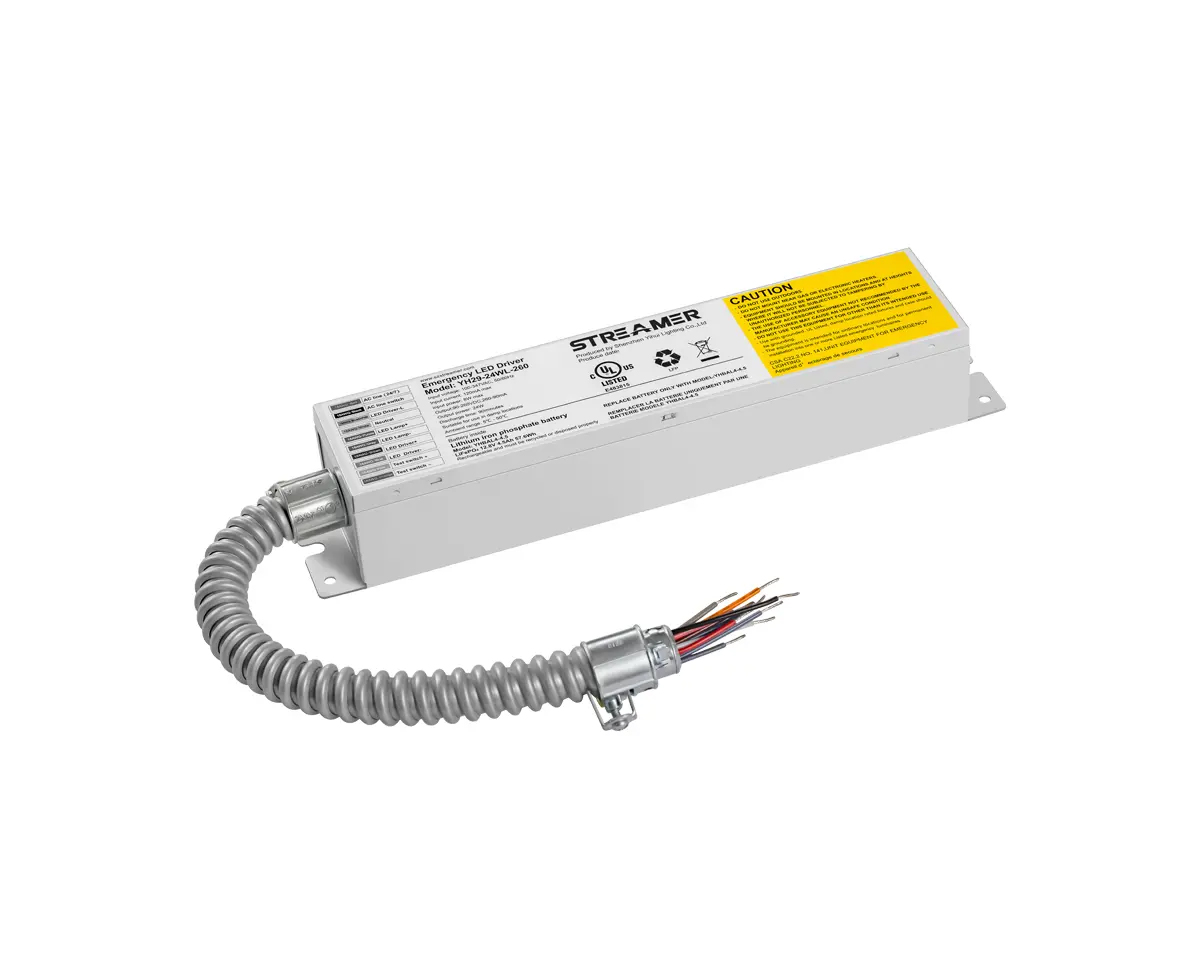 1
1
 Apr 04, 2025
Apr 04, 2025

Assessing an LED driver’s functionality involves systematic testing to identify electrical faults, component degradation, or compatibility issues. Below is a step-by-step guide to evaluating an LED driver’s performance:
1. Visual and Physical Inspection
Examine the Exterior: Look for signs of physical damage, such as bulging or leaking capacitors (swollen tops, electrolyte residue), burnt traces on the circuit board, cracked enclosures, or corroded terminals. Overheating often causes plastic casings to warp or discolor.
Check Connections: Ensure all wires are securely fastened and free of fraying, oxidation, or loose terminals. Loose connections can mimic driver failure but may be easily resolved by reterminating.
Ventilation Check: For drivers with heat sinks or fans, verify that airflow is unobstructed. Dust accumulation or failed fans can lead to overheating and reduced performance.
2. Electrical Testing with a Multimeter
Input Voltage Test:
Power off the system and disconnect the driver from the mains. Set the multimeter to AC voltage (for mains input) and measure the voltage at the driver’s input terminals. For a standard 100-240V AC driver, the reading should match the local mains voltage (e.g., 120V in North America, 230V in Europe). No voltage indicates a blown fuse, faulty input connector, or open circuit in the input stage.
Output Voltage/Current Test:
Constant Voltage Drivers: With the driver powered and no load connected, measure the output voltage using a DC voltmeter. It should match the rated voltage (e.g., 12V, 24V) within ±5%. Connect the LED load and remeasure; a significant drop (>10%) suggests a weak driver or mismatched load.
Constant Current Drivers: Use a DC ammeter in series with the LED load to measure output current. Ensure the driver is rated for the load’s forward current (e.g., 350mA for a 1W LED). If the current is significantly below or above the rated value, the driver’s current regulation circuit is likely faulty.
3. Load Testing and Substitution
Swap with a Known Good Driver: If available, replace the suspect driver with a functional one to test the LED array. If the LEDs work normally, the original driver is confirmed faulty. This is particularly useful for eliminating LED module faults.
Gradual Load Increase: For constant current drivers, gradually add LED modules to the load while monitoring current and voltage. A driver that cannot maintain rated current under full load may have a failing transformer or output stage.
4. Thermal and Noise Analysis
Temperature Measurement: Use an infrared thermometer to check the driver’s surface temperature during operation. Most drivers operate at 40–70°C (104–158°F); temperatures exceeding 85°C (185°F) indicate poor thermal management or component stress, leading to premature failure.
Audible Noise Check: Listen for unusual buzzing or humming, which may indicate loose components (e.g., inductors) or resonant frequency issues in the switching circuit.
5. Compliance with Specifications
Verify that the driver’s voltage/current ratings match the LED load’s requirements. Mismatched drivers (e.g., underpowered or incorrect voltage) can cause premature failure or erratic behavior, even if the driver itself is technically functional.
Safety Precautions:
Always disconnect power before performing physical or electrical tests.
For non-isolated drivers, avoid direct contact with live terminals to prevent electric shock.
Handle capacitors with care, as they may retain charge even after power is removed.
By combining visual inspection, electrical measurements, and load testing, users can accurately diagnose LED driver faults and determine whether repair or replacement is necessary.